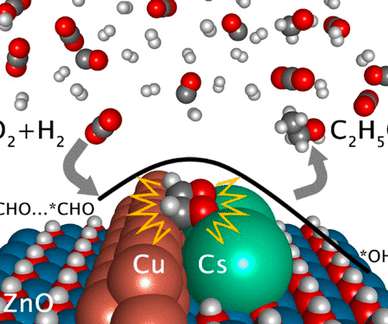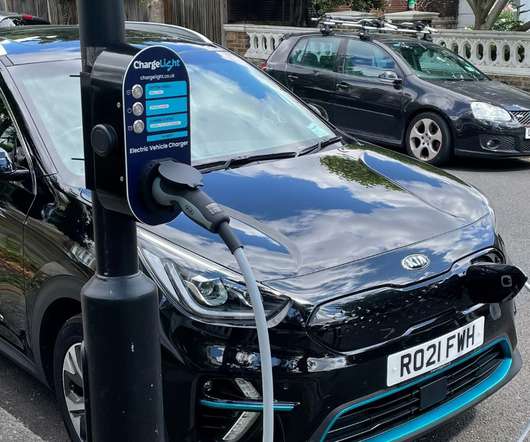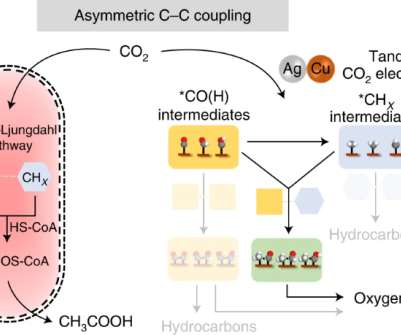Three-part catalyst study advances conversion of CO2 to ethanol
Green Car Congress
SEPTEMBER 11, 2021
An international collaboration of scientists has taken a significant step toward the realization of a nearly “green” zero-net-carbon technology that can efficiently convert CO 2 and hydrogen into ethanol. The study will drive further research into how to develop a practical industrial catalyst for selectively converting CO 2 into ethanol.











































Let's personalize your content